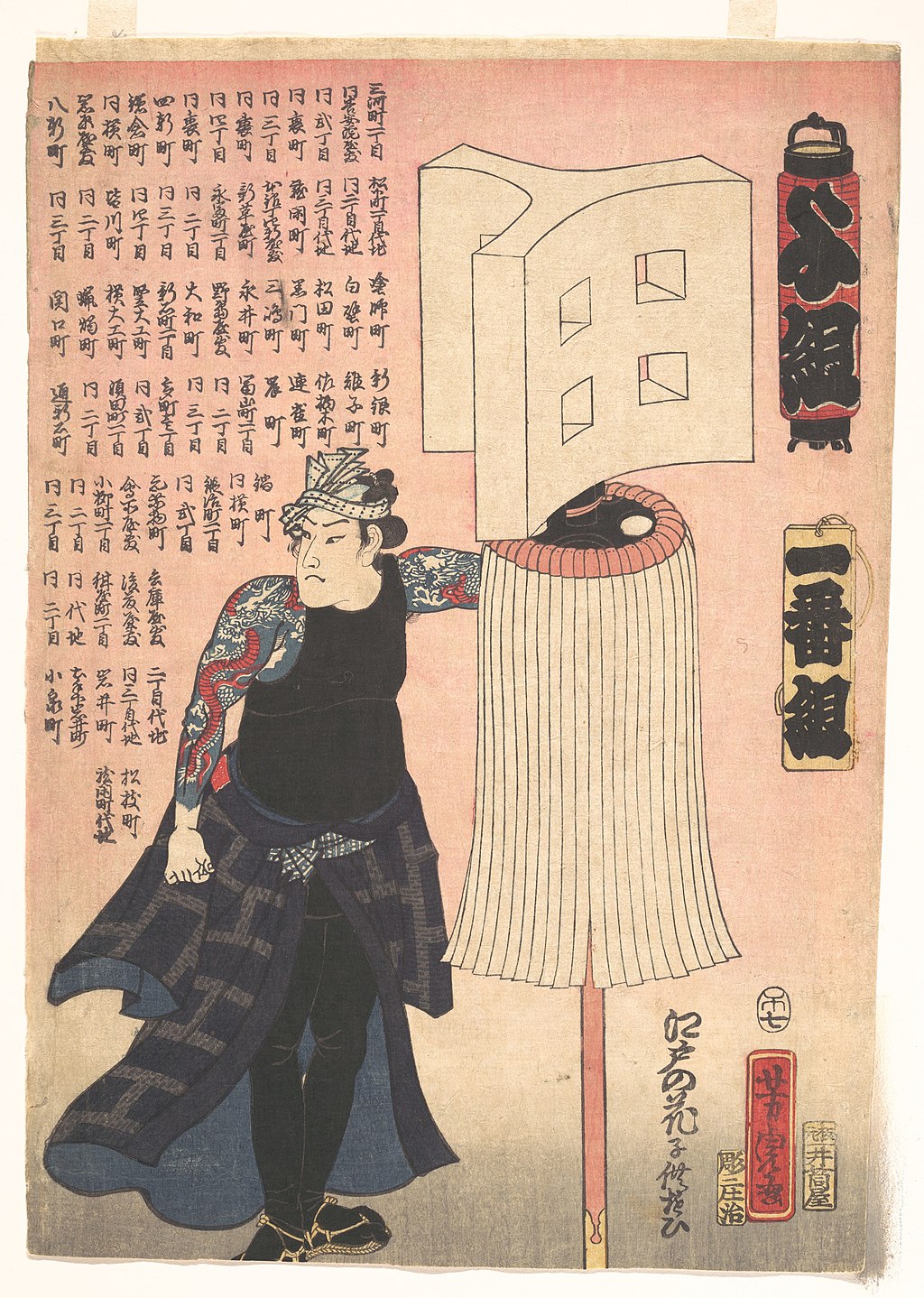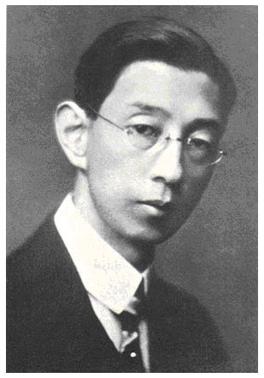
Iki(funky)
The concept has been part of Japanese culture for centuries and was particularly influential during the Edo period (1603–1868). It is quite complex and difficult to translate into a single word in English, as it encompasses various facets of sophistication, originality, authenticity, simplicity, and subtle elegance.
Unlike the more formal aesthetics like “wabi-sabi” that are associated with the high culture of tea ceremony or “yugen” related to the aristocratic culture, “iki” is a more urban, populist aesthetic, related to the tastes and styles of the common townsfolk (chonin) in Edo (present-day Tokyo).
Here are some key elements of “iki”:
- Effortless sophistication and originality: “Iki” appreciates cleverness, wit, and a certain element of chic style, but without trying too hard or being ostentatious. It is the aesthetic of stylishness that appears to be spontaneous and not the result of laborious effort or excess.
- Subtlety and understatement: “Iki” appreciates indirectness and understatement, preferring suggestion and implication over the explicit or direct. There’s an allure to the unspoken or understated.
- Elegance with a touch of the common: While it values sophistication, “iki” also embraces elements of the common, everyday world. This might manifest as a touch of crudeness or rawness that gives an otherwise elegant thing a sense of life, spontaneity, and charm.
- Non-attachment: “Iki” is also associated with a spirit of non-attachment, and a kind of cool, detached attitude. There’s a certain degree of emotional aloofness or distance that’s appreciated.
Again, as a traditional aesthetic concept, “iki” can be somewhat elusive and hard to pin down. It can be seen in various aspects of Japanese culture, from fashion to cuisine to literature to the arts. Its influence can still be felt today, even if the term itself is not always explicitly used.



